Insider’s Guide to the Yorkshire Dales Filming Locations
Discover the Yorkshire Dales of All Creatures Great and Small with behind-the-scenes insights into locations for the 2021-2022 TV adaptation. Production designer Jacqueline Smith reveals details about her process and the places that deliver the charm and pure escapism of the series.
- 1.
What are the Yorkshire Dales?
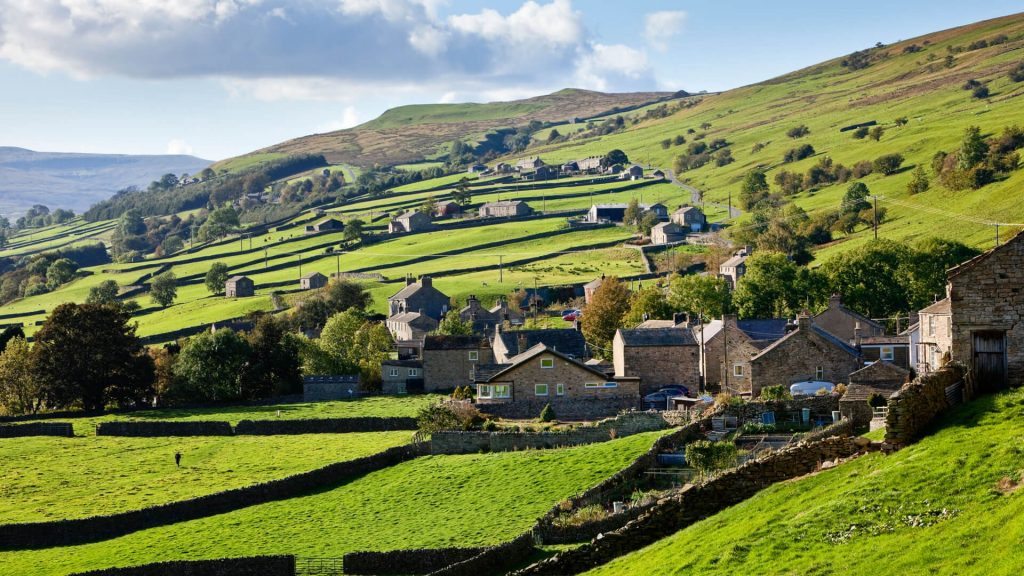

In the historic county of Yorkshire in northern England, vast stretches of unspoiled landscape are centered in two regions—the Yorkshire Dales and the North York Moors; both are designated as national parks. “It’s the two parks where all the hills are, if you like, but the Dales are the actual valleys formed by rivers that run through the hills,” explains Smith, herself a Yorkshire local. “The original James Herriot stories were set further east, a bit more in the moors. We chose to set our [production] in the Dales because we felt the landscape was so bucolic. Like your quintessential English landscape with soft, rolling hills—organic, curvy.”
“The catchment area for a vet there in the 1930s was massive,” adds Smith. “They drove miles and miles and miles. It’s difficult to get your head around that—hard enough in cars nowadays, let alone in the little cars they used to drive!”
- 2.
Scouting the Dales for Locations
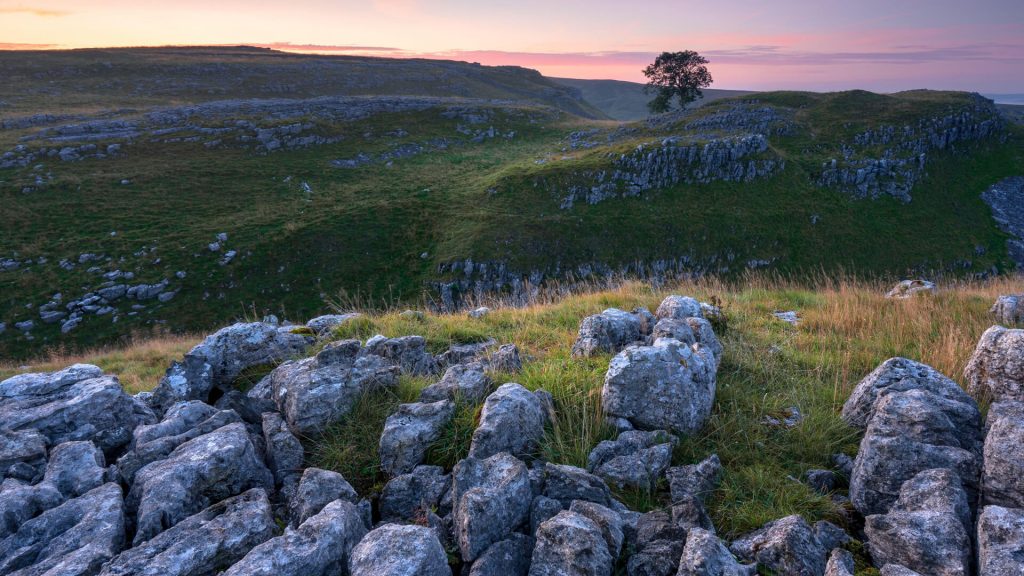

Malham Lings The process begins with a location manager who scouts possible sites. “He’ll send in photographs of things he’s found and then we’ll shortlist places from the photographs, and later go out and look at them together. She describes a spot known as Malham Tarn Crossroads, which was memorably used in the first episode when James careens downhill, trying to control his car. “That was one of the places we found quite early on, by accident, actually. It’s hard to see in the way it’s photographed, but it’s one of those quite steep roads … where you take the car out of gear and then whiz down. We took the director [Brian Percival (Downton Abbey)] to see it and he loved it. So yeah, that’s how that scene came into being.”
Another dramatic location nearby was Malham Lings, the vast, empty crossroad James encounters when first arriving in the Dales. The whole Malham area is actually famous for the natural geological phenomenon there called a limestone pavement. “It looks like a surface made of stone and it’s over a massive area,” says Smith. “It actually looks like giant molars or teeth, and water has made grooves in the stone over the years so it has deep fissures, which you can get stuck down if you’re not careful. Malham locations have appeared in some of the Harry Potter films. It’s a most extraordinary landscape, with beautiful, amazing cliff faces and waterfalls and such.” She explains the waterfall pool where Helen catches James bathing—Janet’s Foss—is “quite a well-known, local sort of beauty spot near there.”
- 3.
The Palette of a Dales Landscape

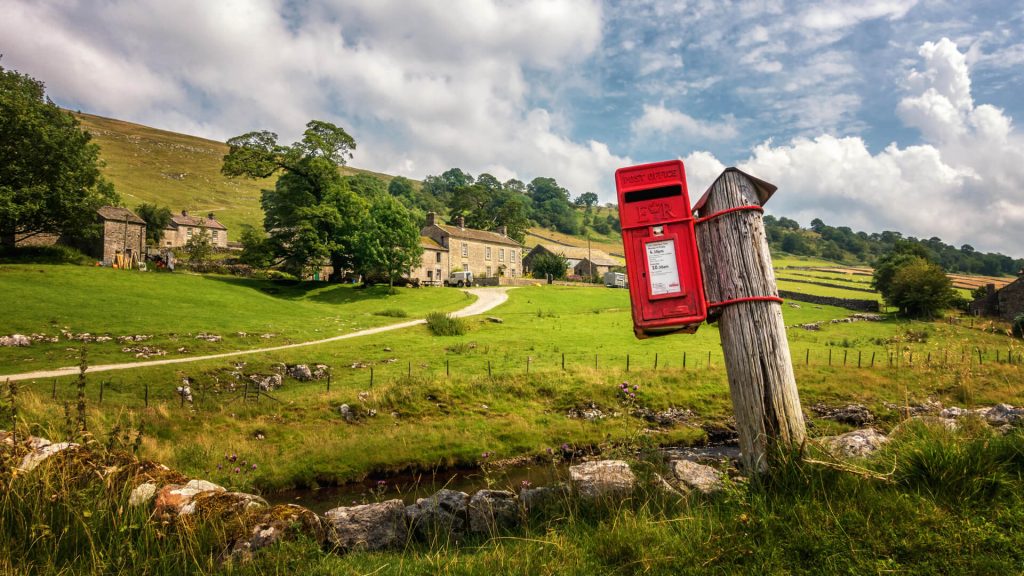
A production designer knows how to draw our eye into a boundless landscape like the Dales offers. Smith was influenced by a local landscape painter named Simon Palmer, now in his 80s. “He includes little pops of red in his paintings—in a road sign or in somebody’s outfit—and I tried to use that where I could. At Heston Grange where Helen lives, there’s a postbox on a post overlooking the farmhouse. You have this pop of red in the landscape and it’s cinematic looking.” She continues that “with a few of the farms we used, we had to change some of the colors, because they’re all painted the same,” Smith says. “We’d change it up so it wouldn’t seem so homogenized.”
- 4.
Is There a Real Darrowby?

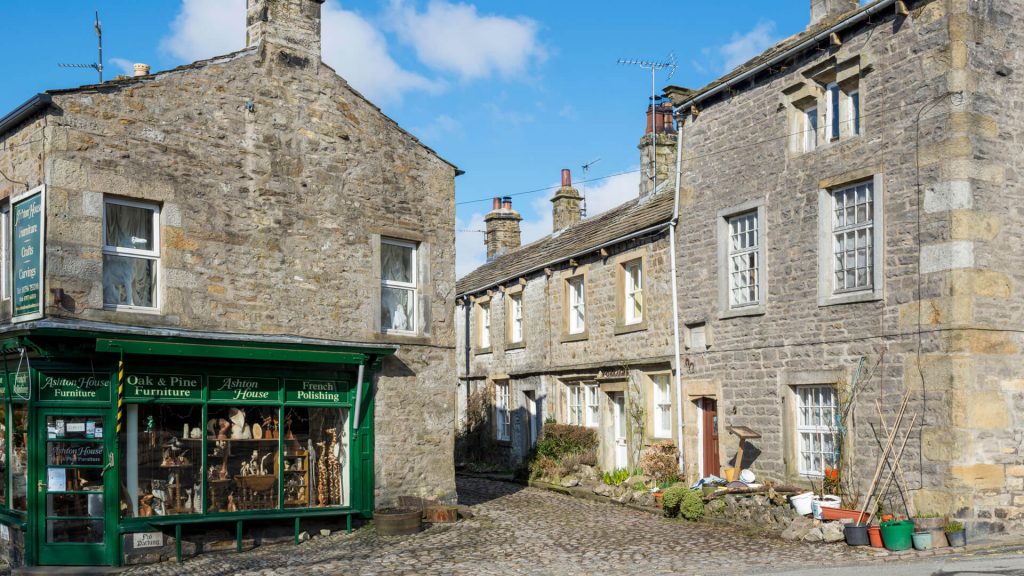
James Herriot set his stories in the fictional village of Darrowby, while his real-life veterinary practice was in the Yorkshire town of Thirsk. “Thirsk is now a much bigger town and it hasn’t got that village-like feel anymore,” explains Smith. “Grassington stands in for Darrowby. It’s in the heart of the Dales, so it forms a good base to then work out from and find all our lovely roads where we do our drone work and things. It’s a town that still looks like it did 200 years ago. I’d say people have been living there since Tudor times, so that’s the 1500s.” A private residence in Grassington provides the outside view of Skeldale House and the Darrowby Show episode occurs in the town’s still-cobbled market square. “The nice thing was that there weren’t any modern houses in the town center,” she says, “so we didn’t have to change anything completely. What we did change were all the shop signs and the usual things like aerials, satellite dishes, alarm boxes and all of those things.”
- 5.
Two Locations = One Pub

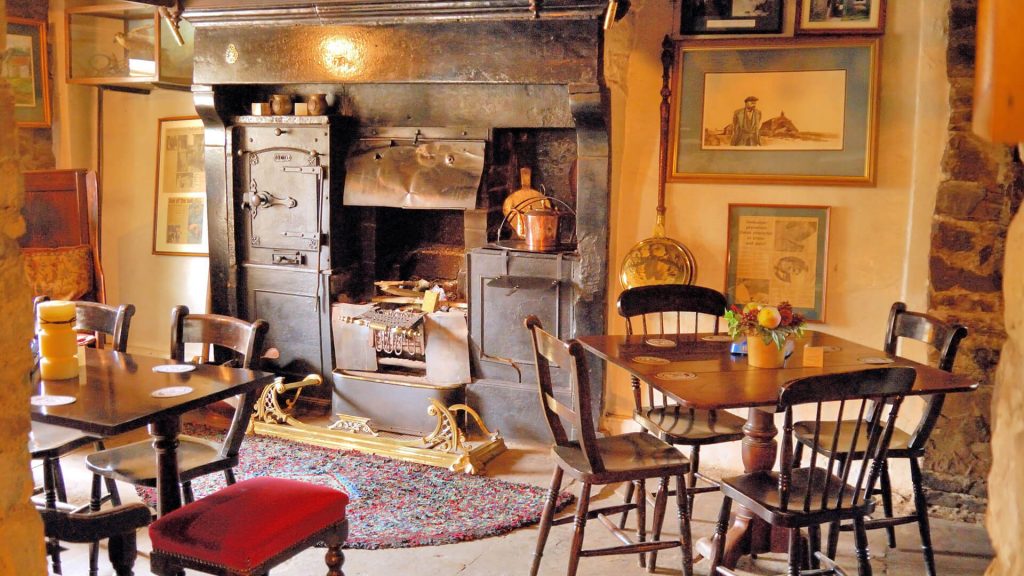
Recreating the fictional Drovers Arms pub required the production crew to travel between two sites: The Devonshire in Grassington supplied the pub’s exterior, while its interior was found elsewhere. “[The inside] is a pub called The Green Dragon in Hardraw, a hamlet in the Northern Dales. It was such a find in that it was so original we couldn’t really say no to it, even thought it was quite a drive to get there. It had original flagstone floors, the original fireplace, and the original oak paneling on the walls. All the furniture was old oak settles and copper-topped bar tables. We had to change the lighting because that wasn’t original, and add our own oil lamps and things, and we had to change the modern beer taps and such. But the bones of the place were all perfect, so we just went with it.”
- 6.
That Bridge James Can’t Seem to Cross

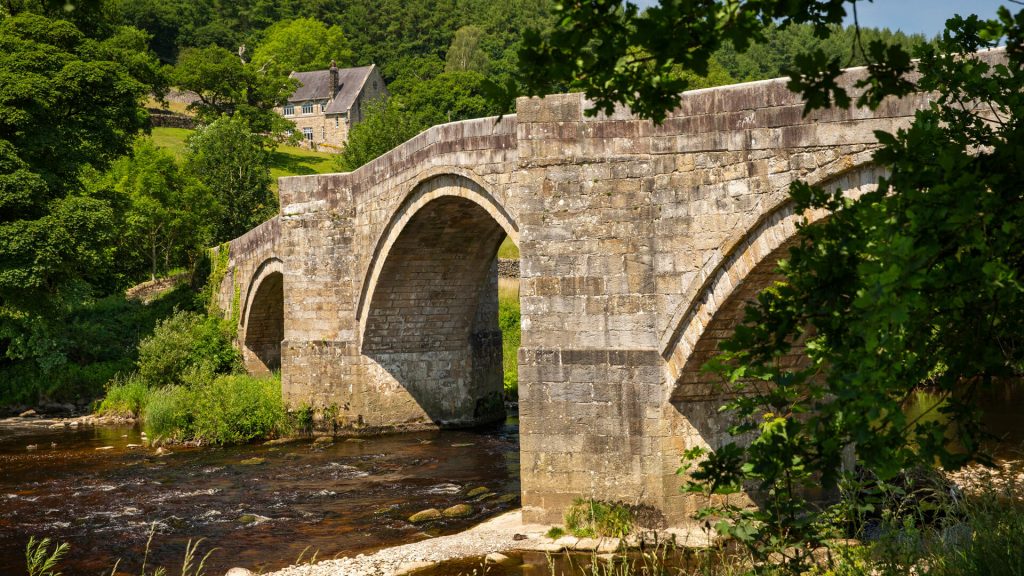
The stone bridge in question, explains Smith, is “Barden Bridge, part of the Bolton Abbey Estate” on the eastern edge of the Dales. “The surrounding area is owned by the [Duke and Duchess of] Devonshire, aristocracy. They own a large part of the countryside and it’s very well maintained as a result. All their properties are Grade 1 listed and so don’t get modernized—just maintained so they retain their character.”
- 7.
Mrs. Pumphrey’s Digs

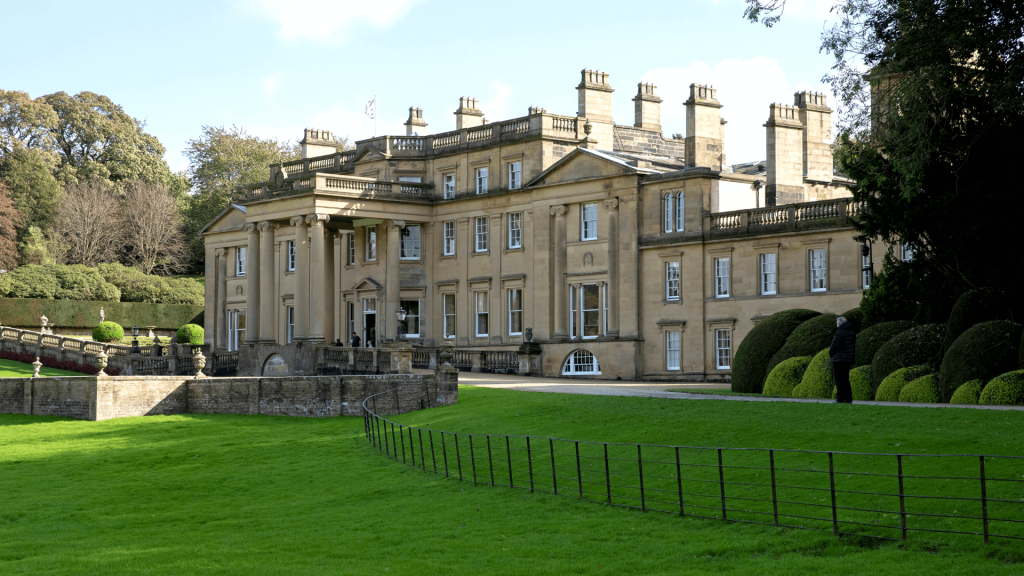
The home address for the wealthy widow and her Pekingese, Tricki Woo, is an estate near the village of Skipton in North Yorkshire. As Smith told Screen Yorkshire, “We filmed in the fabulous Broughton Hall, a stately home treasure” in the Georgian style of architecture. The Hall is Grade 1 listed, making alterations taboo. Small props were brought into the Red Drawing Room for filming, but there was no reason to mess with perfection!
“Filming in Yorkshire has been a joy,” says Smith. “The people we met while looking for locations have been so warm and friendly because they know these books and absolutely love them. They’re delighted to be a part of it.” And thanks to the Dales’ timeless beauty, every time we tune in is a reverie. “Once it gets in your bones, it’s hard to get out,” says Helen Alderson, and rightly so.




















